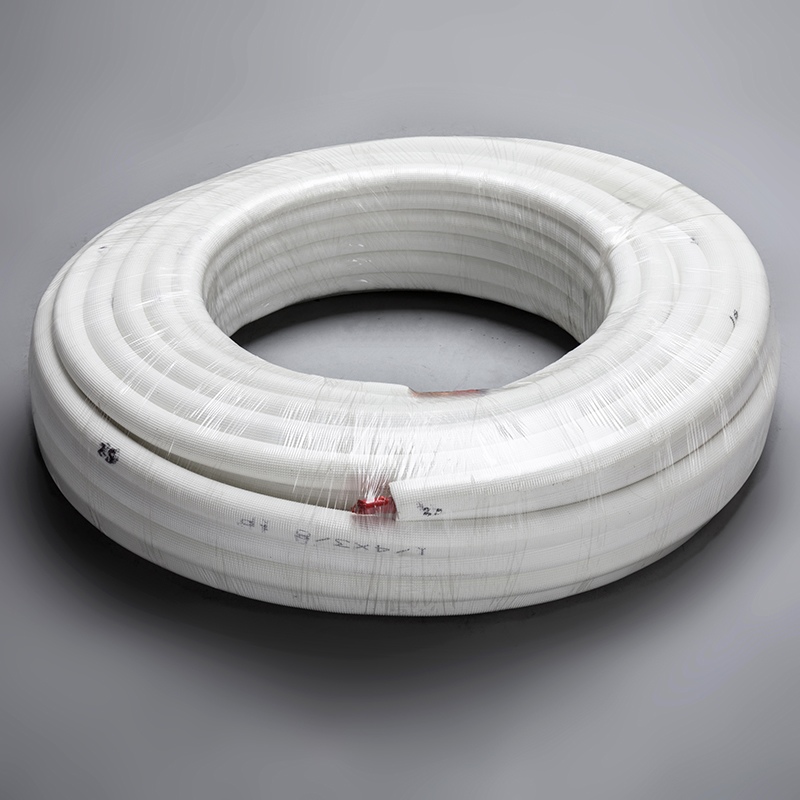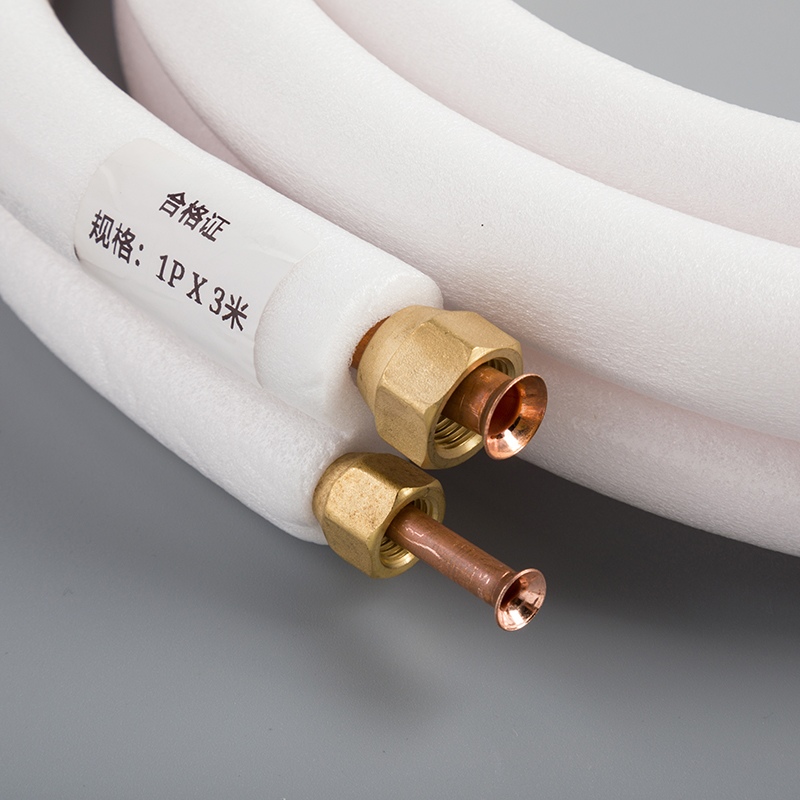How to Fix Leaking Copper Pipe Connections

In households across the nation, water damage costs add up to $20 billion annually. Promptly addressing copper pipe leaking at connection is crucial to avoid contributing to this staggering figure. Understanding how to connect and the various methods available to fix these leaks can save homeowners from costly repairs down the line. Equipping oneself with the necessary tools and materials, such as copper pipe quick connect fittings, ensures a smooth repair process, safeguarding homes from further damage.
Identifying the Leak

When dealing with potential leaks in copper pipe connections, it is essential to first identify where the issue lies. By recognizing the signs of a leak, homeowners can take proactive measures to address the problem promptly.
Signs of a Leak
To begin, a visual inspection of the area surrounding the copper pipe connection can reveal telltale signs of moisture or water droplets. Look for any discoloration or dampness that may indicate a leak.
Another method to detect leaks is by conducting a water meter check. By monitoring the water meter before and after a period of no water usage, any movement in the meter could signify a leak within the system.
Tools for Detection
Utilizing a moisture meter can aid in pinpointing areas of increased moisture levels, helping to narrow down the location of a potential leak along the copper pipe connection.
An infrared camera can also be employed to detect temperature variations that may indicate water leakage. This tool can provide visual evidence of hidden leaks that are not immediately visible to the naked eye.
Methods to Fix Leaks

When faced with a leaking copper pipe connection, homeowners have several effective methods at their disposal to address the issue promptly and efficiently.
Soldering Method
To begin the repair process using the soldering method, start by thoroughly cleaning the area around the leak with an abrasive pad. This step ensures proper adhesion of the solder. Next, apply flux to the cleaned section of the pipe. The flux helps facilitate the flow of solder and promotes a strong bond. Using a blowtorch, carefully heat the flux until it changes color, indicating readiness for solder application. Finally, add solder into the hole to create a secure seal that prevents further leakage.
Using SharkBite Fittings
An alternative approach involves utilizing SharkBite fittings for a quick and hassle-free fix. Begin by cutting the pipe at the point of leakage using a suitable tool. Then, simply install the SharkBite fitting by pushing it onto each exposed end of the cut pipe. These fittings provide a reliable connection without requiring any soldering, making them an ideal solution for those seeking a straightforward repair option.
Epoxy Sleeve Method
For those looking for a more permanent solution, consider employing the epoxy sleeve method. Start by properly preparing the damaged area on the copper pipe. Next, carefully apply epoxy around the leak, ensuring full coverage of the affected section. Allow sufficient time for the epoxy to dry, forming a durable and watertight seal that effectively addresses the leak.
By understanding these various methods to fix leaking copper pipe connections, homeowners can confidently tackle such issues and safeguard their properties from potential water damage.
Temporary Fixes
When faced with a leaking copper pipe connection, homeowners may need a quick and effective solution to temporarily address the issue before implementing a more permanent fix. Here are some temporary fixes that can help mitigate the problem until a thorough repair can be conducted:
Pipe Repair Tape
Pipe repair tape is a versatile tool that can provide a temporary seal for leaks in copper pipes. This self-fusing silicone tape adheres tightly to the pipe, creating a barrier against water leakage. To apply the tape, ensure that the surface is clean and dry before wrapping it around the leak area. The tape will bond to itself, forming a tight seal that can withstand water pressure until a more permanent solution is implemented.
Polypropylene Adhesive Tape
Another option for temporary repairs is polypropylene adhesive tape, which offers strong adhesion properties suitable for sealing leaks in copper pipes. This tape is easy to apply and provides a quick fix by creating a watertight barrier around the damaged area. To use polypropylene adhesive tape effectively, clean the pipe surface thoroughly and wrap the tape securely over the leak, ensuring complete coverage to prevent any further water seepage.
Superglue and Baking Soda
In situations where an immediate fix is needed for small leaks in copper pipes, superglue and baking soda can be used as a temporary solution. Apply superglue directly onto the leaking area and sprinkle baking soda over it. The combination of superglue and baking soda creates a strong bond that can temporarily seal minor leaks until proper repairs can be made.
By utilizing these temporary fixes, homeowners can address leaking copper pipe connections promptly and prevent further water damage while they plan for more permanent repair solutions.
Preventive Measures
To prevent future copper pipe leaking at connection issues, homeowners should prioritize regular inspections to catch potential leaks early. By conducting routine checks, individuals can identify and address any emerging problems promptly. Proper installation practices are crucial in ensuring the longevity of copper pipe connections. Using quality materials during the installation process enhances the durability of the pipes, reducing the likelihood of leaks.
When it comes to connecting to copper pipe, a proactive approach is key. Regularly inspecting all connections can help detect leaks before they escalate into larger issues that may result in costly repairs. Proper installation techniques, such as securely fastening pipes and fittings, play a vital role in preventing leaks at connection points. Additionally, opting for high-quality materials when connecting to copper pipe can significantly extend the lifespan of the plumbing system.
Incorporating these preventive measures into regular home maintenance routines can save homeowners time and money in the long run. By staying vigilant with inspections, following proper installation guidelines, and investing in quality materials, individuals can safeguard their properties against potential water damage caused by leaking copper pipe connections.
To summarize, fixing leaking copper pipe connections can be efficiently achieved through methods like soldering, using SharkBite fittings, and epoxy sleeves. Timely repairs are crucial to prevent extensive water damage and costly repairs. Homeowners should prioritize regular inspections to detect leaks early and ensure proper installation practices with quality materials for long-lasting results. By staying vigilant and proactive, individuals can safeguard their properties against potential water damage caused by copper pipe leaking at connection.
See Also
Quick Fixes for Copper Pipe Leaks in 8 Steps
Simple Ways to Repair a Split Copper Pipe Yourself
Beginner's Guide: Easy Copper Pipe Soldering Steps
Attaching Compression Fittings on Copper Pipes: 5 Simple Steps


